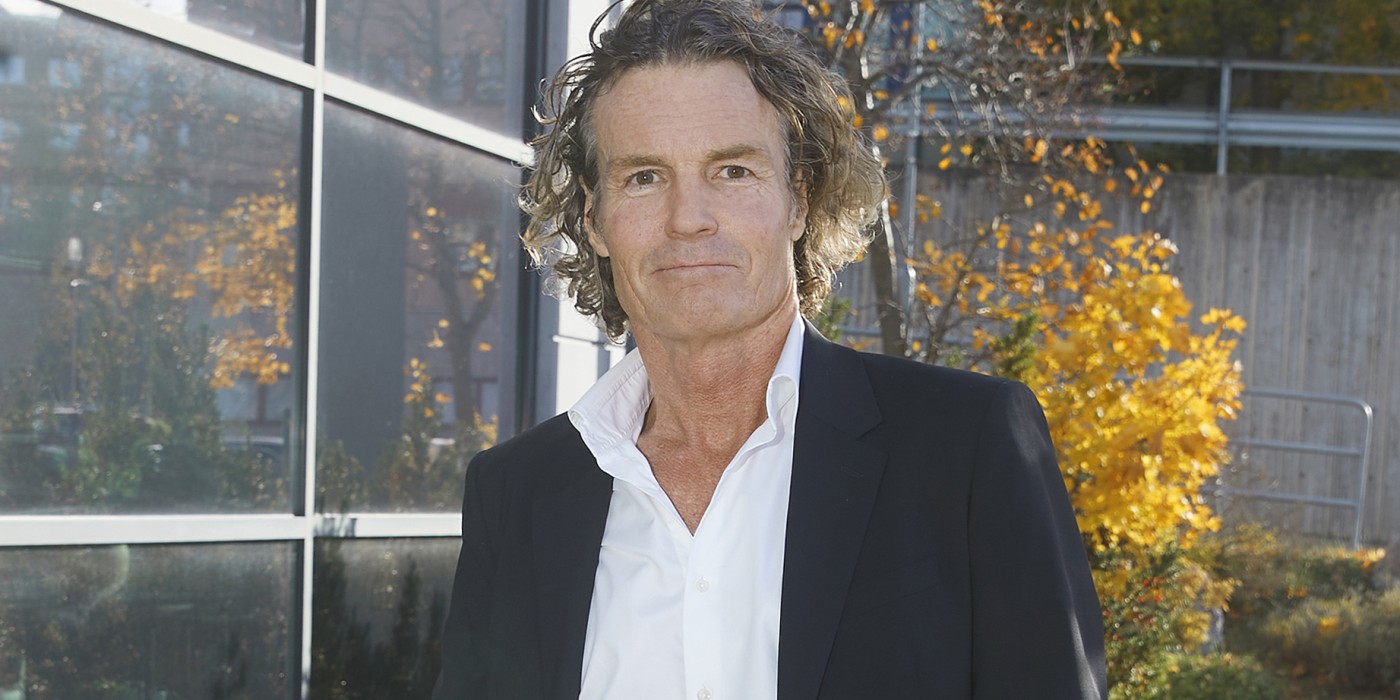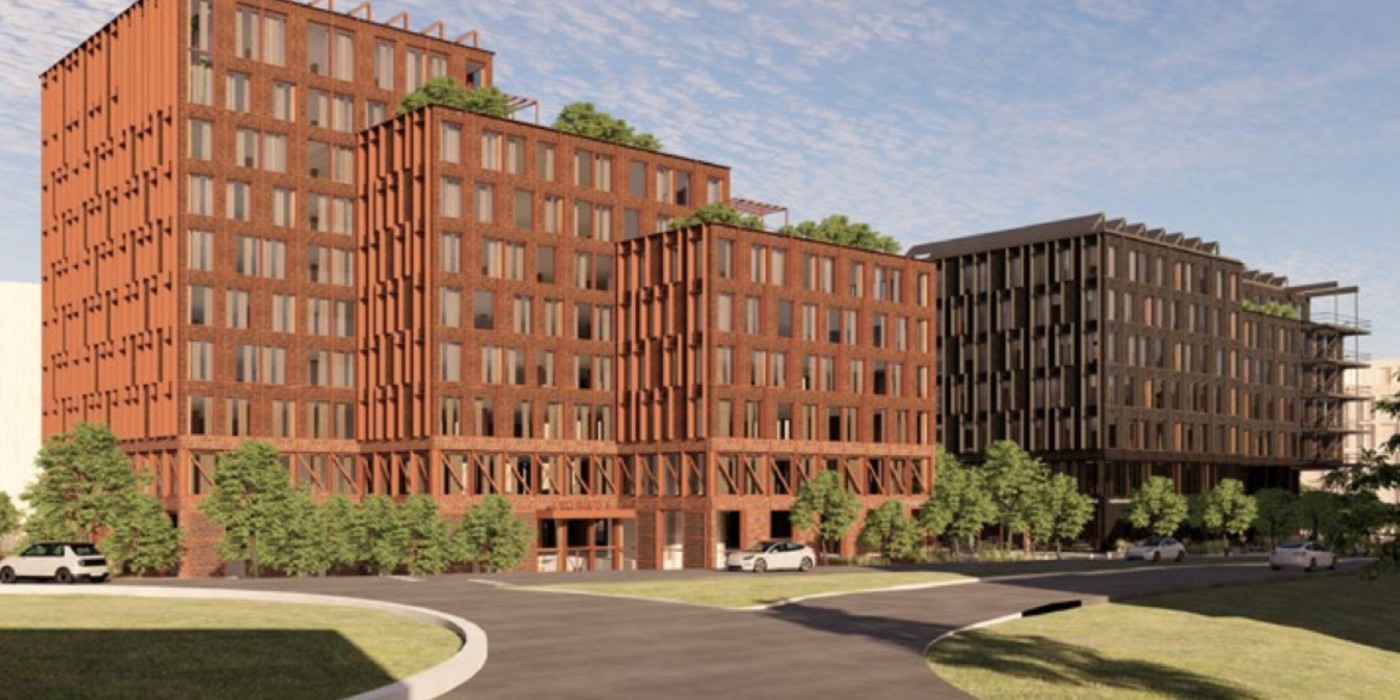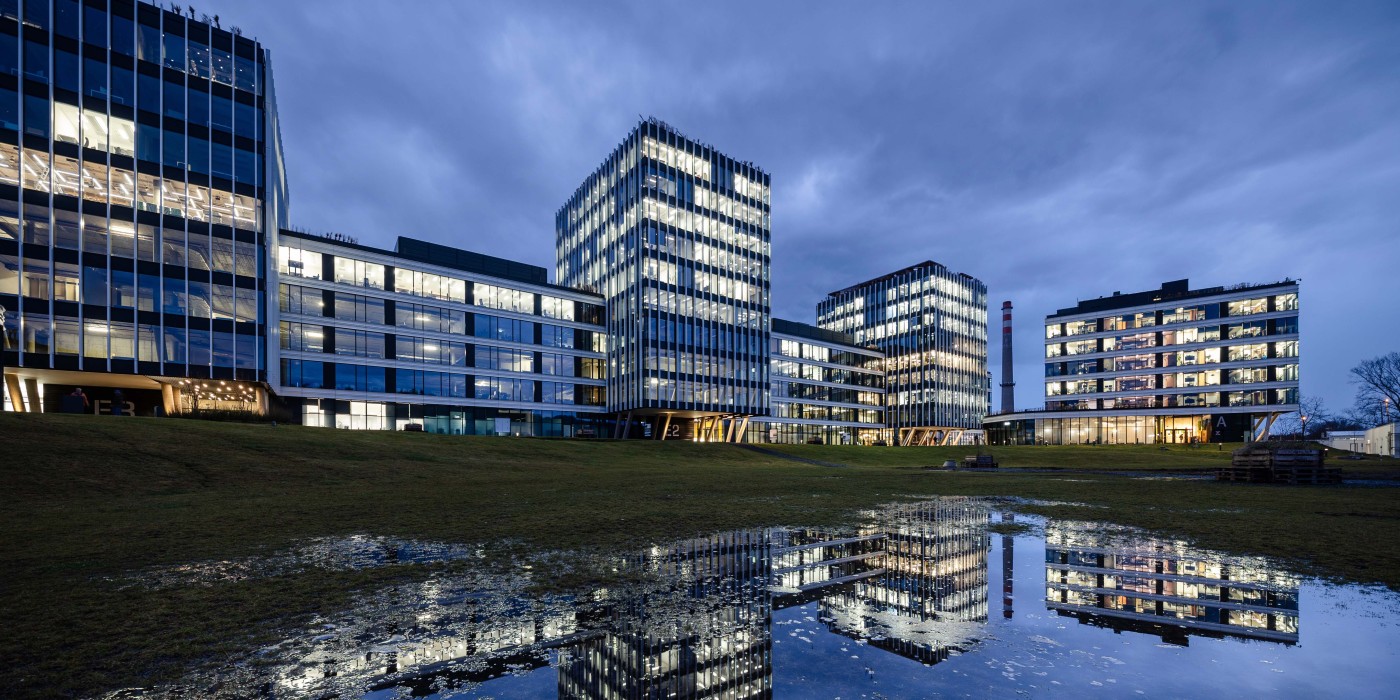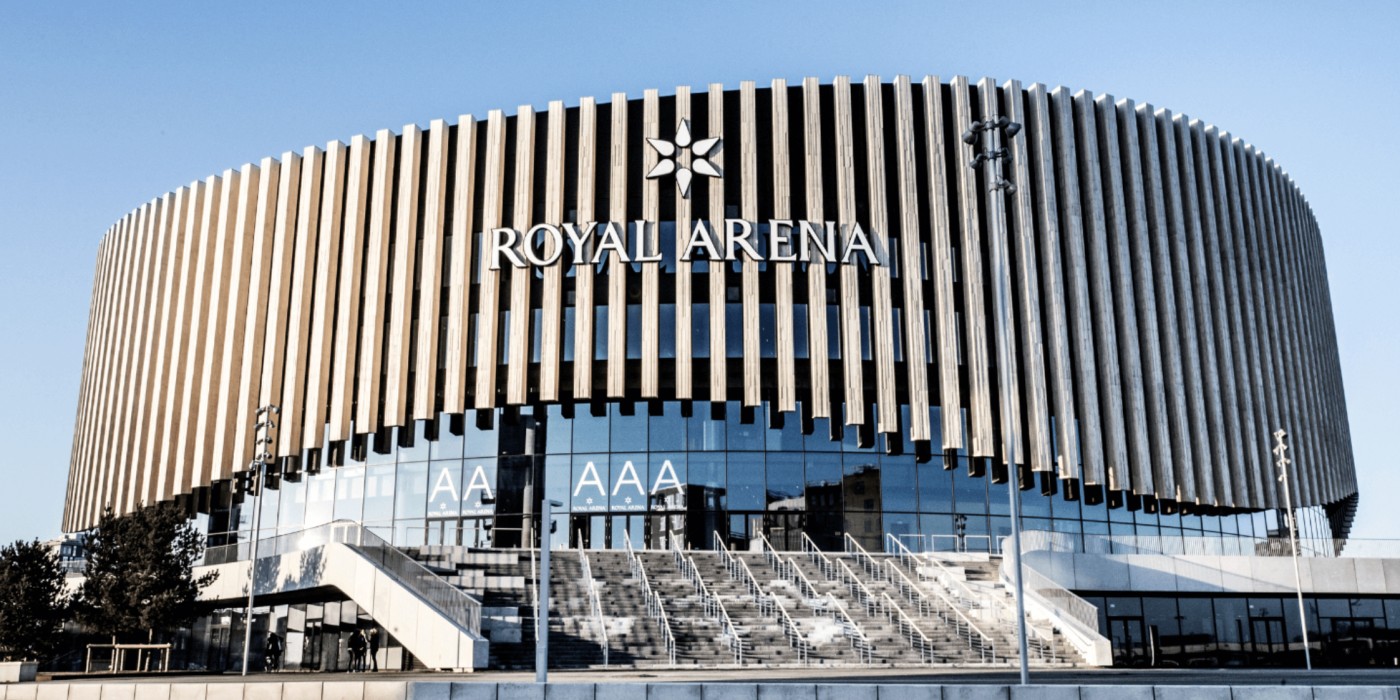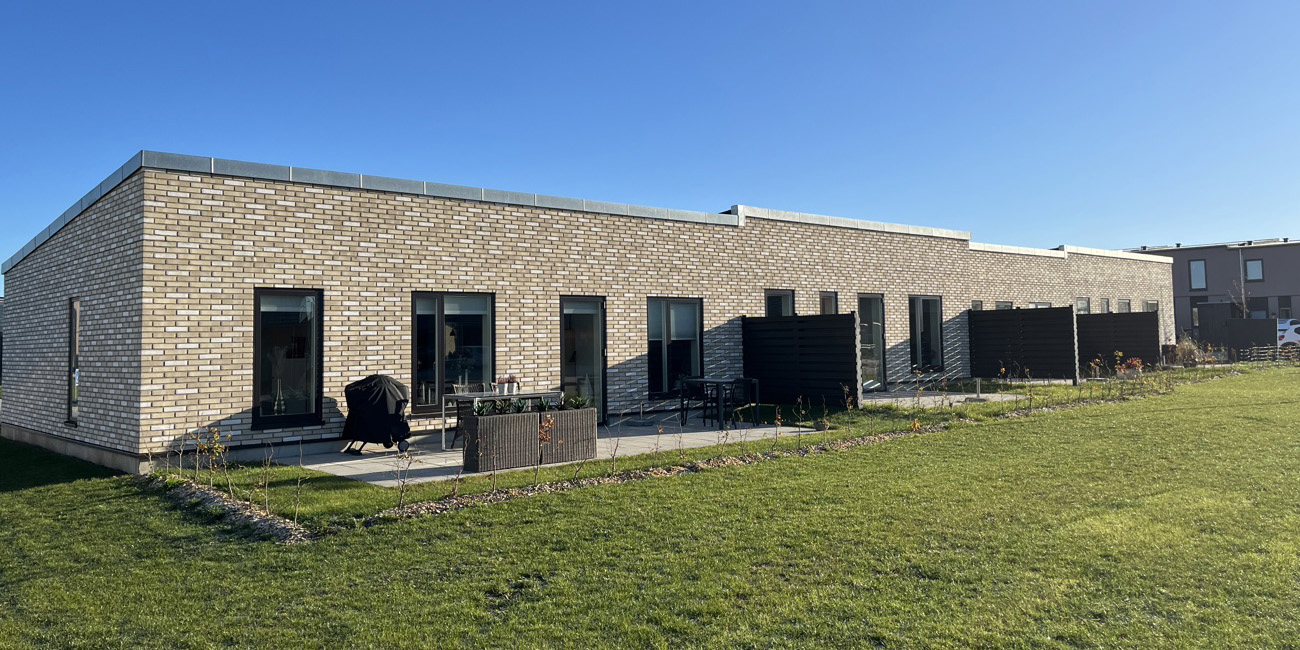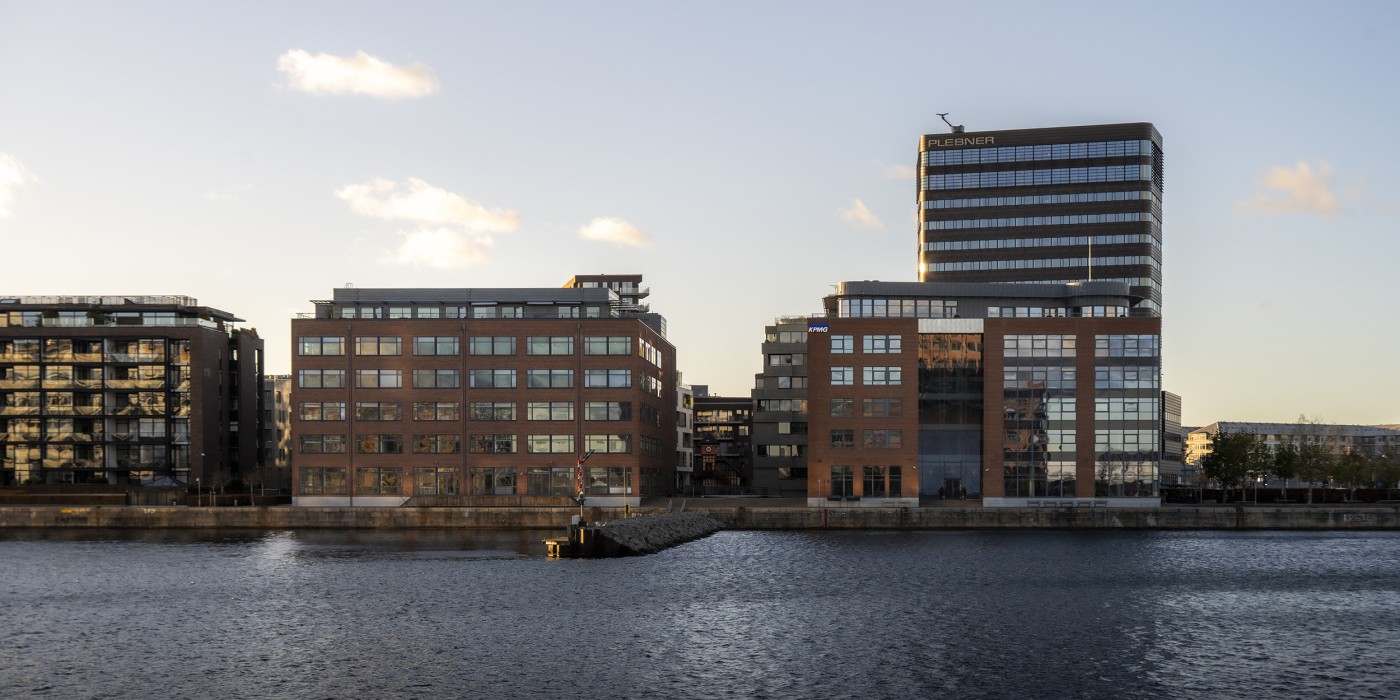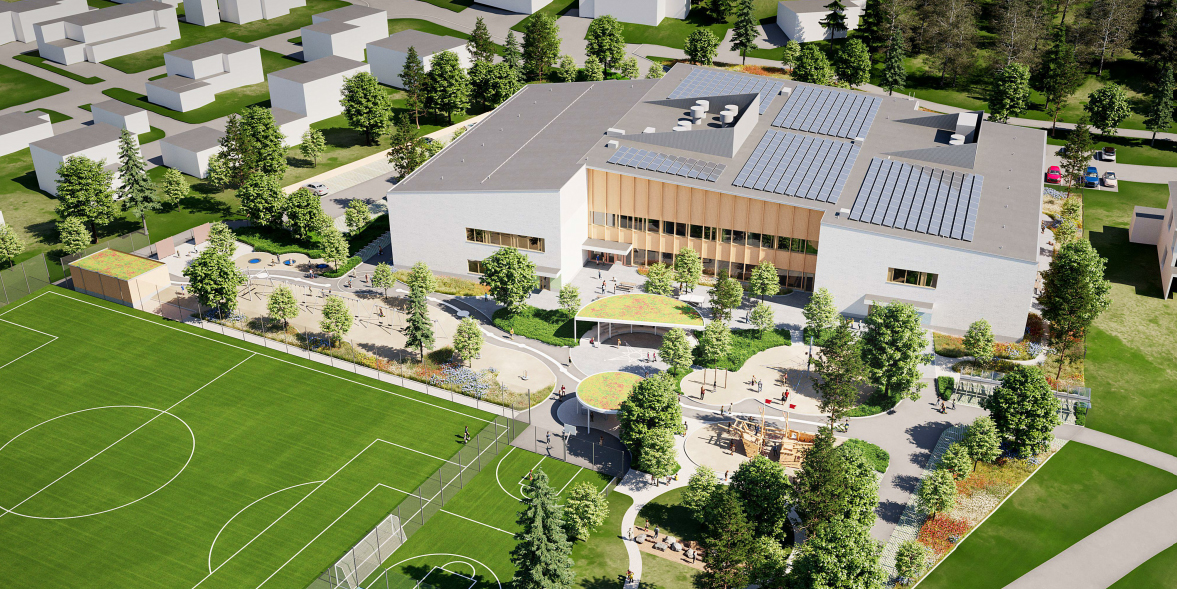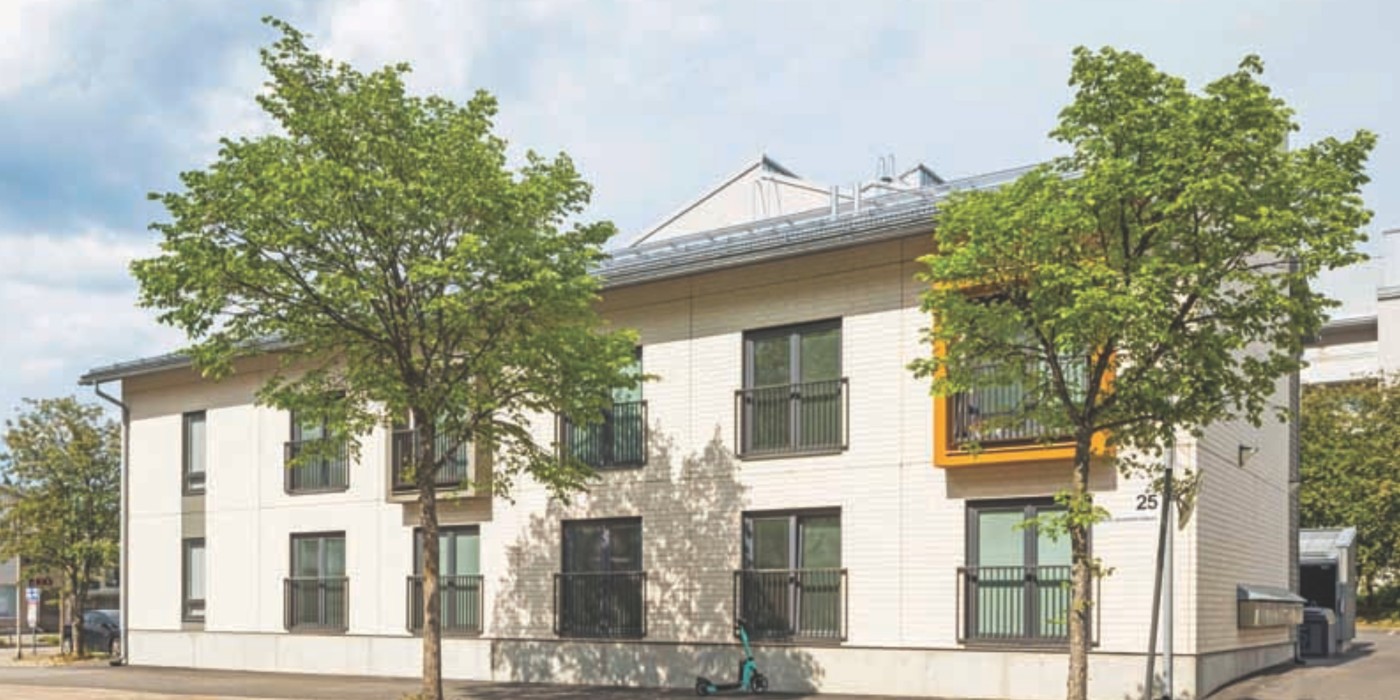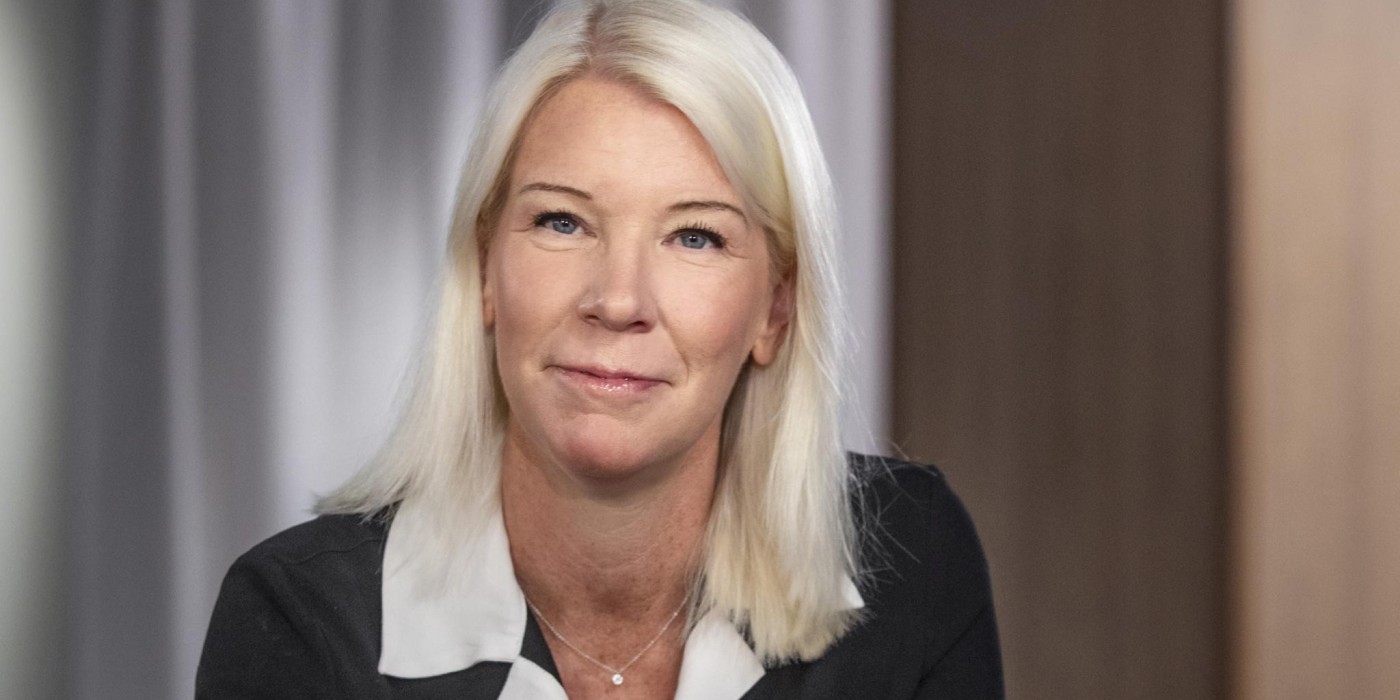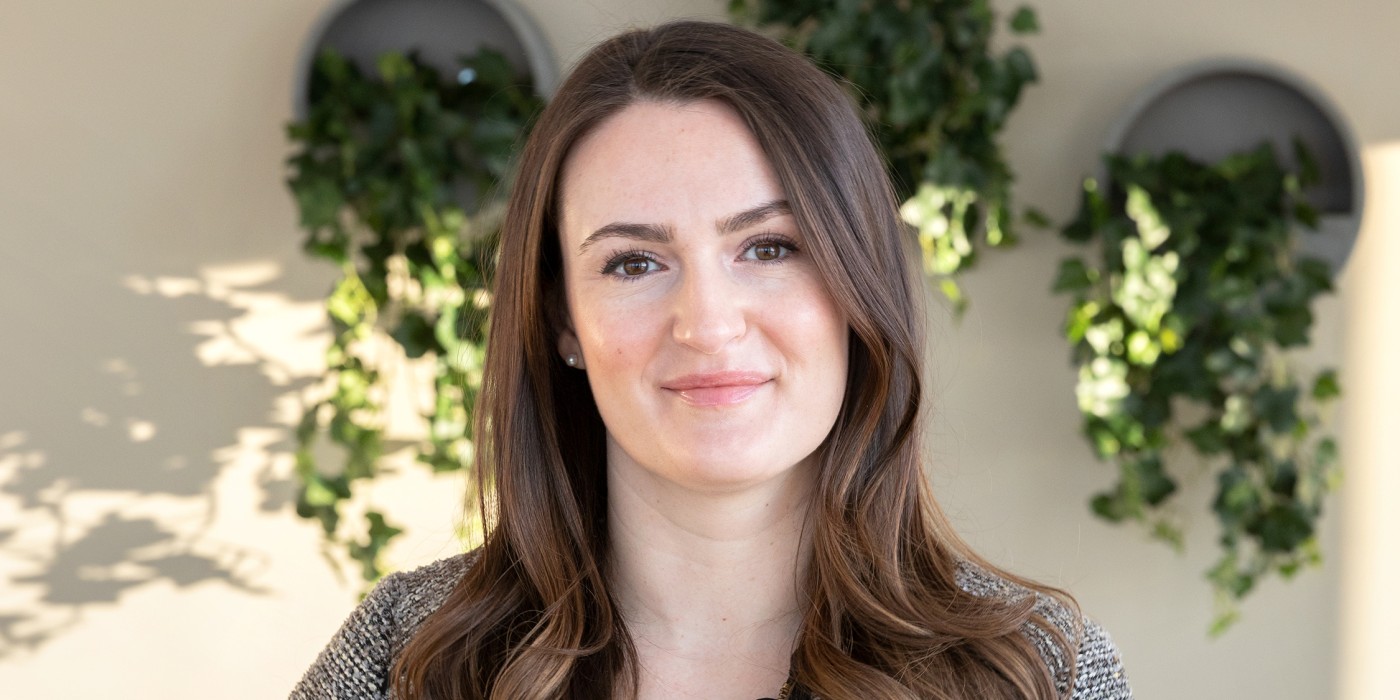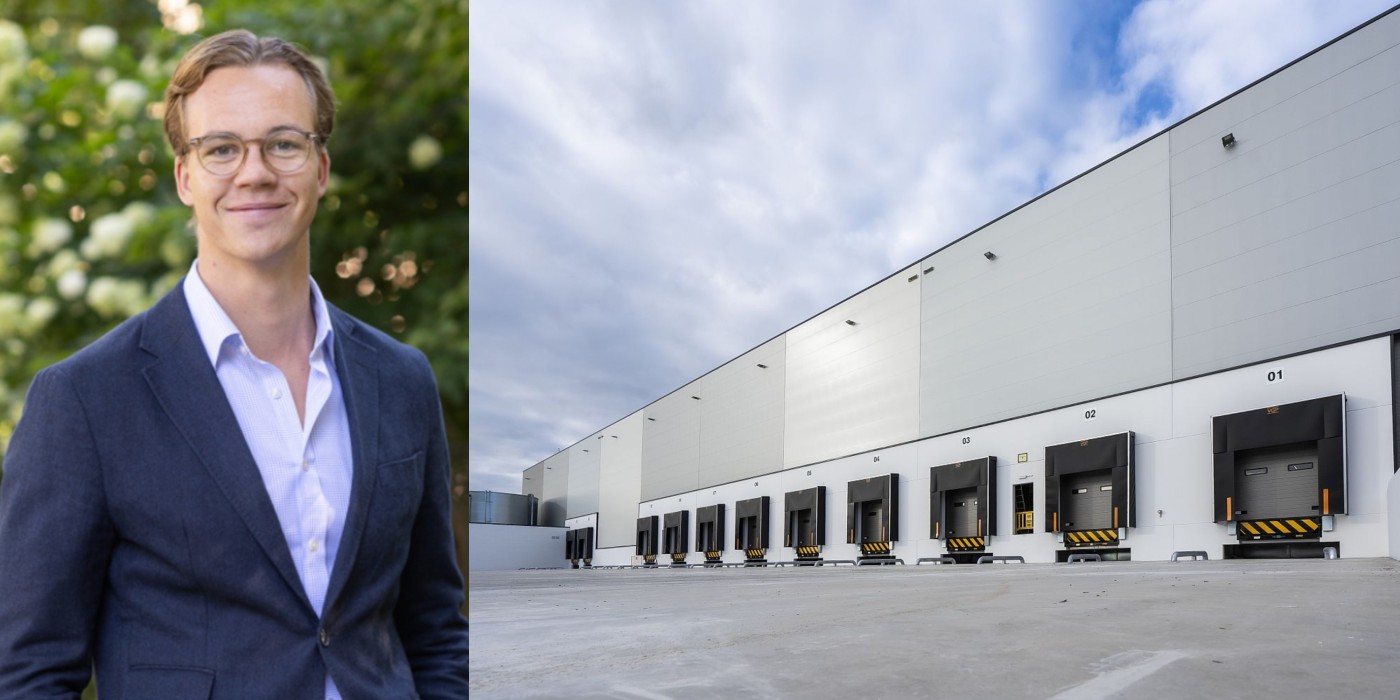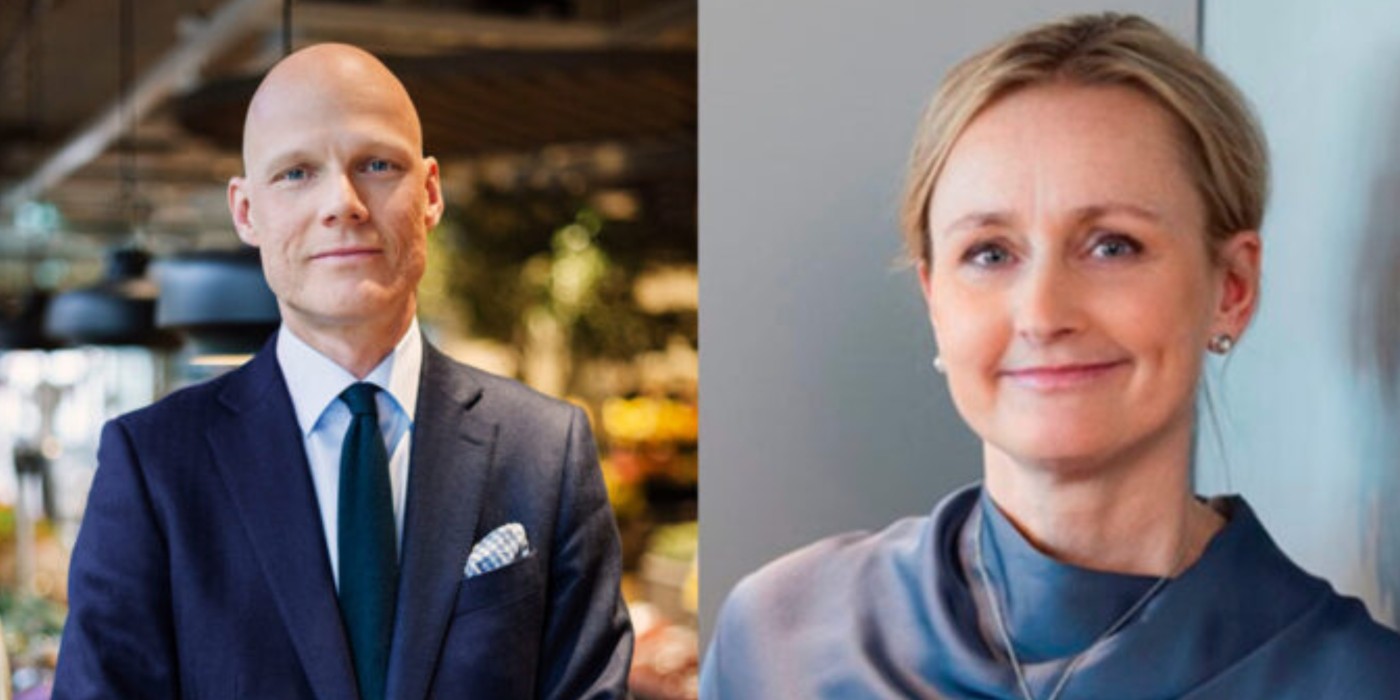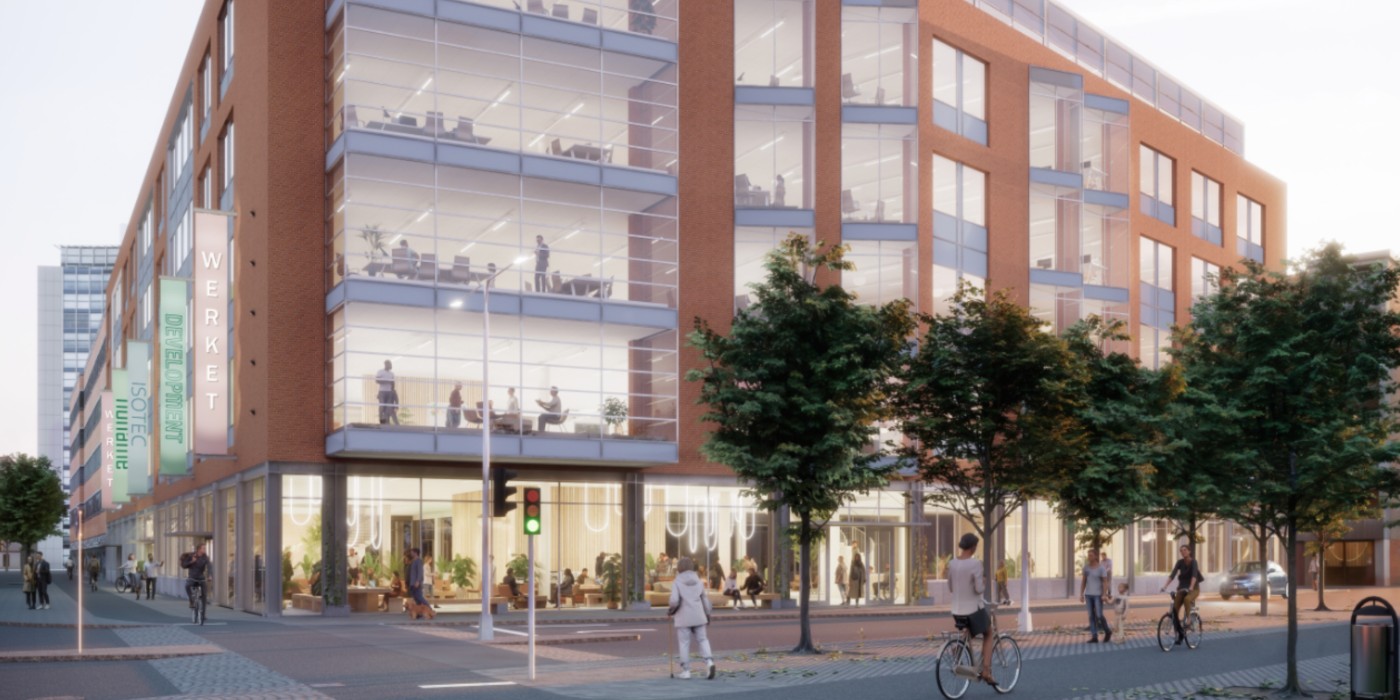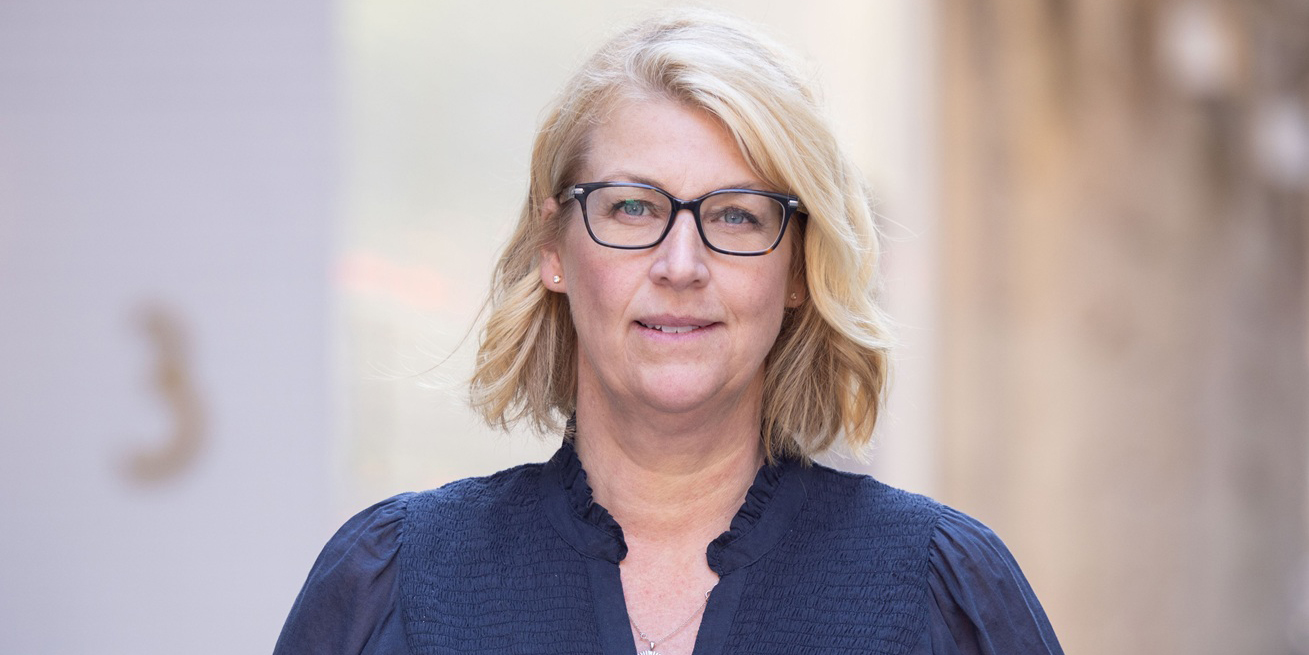Demand for office space in Sweden was hit hard by the outbreak of the covid pandemic. Vacancy rates in the central parts of Stockholm and Gothenburg moved from historically low levels at around 3 percent in early 2020 to almost 7 percent in early 2021. In central Malmö vacancy rates went from around 6 percent prior to the pandemic to over 9 percent in spring 2021. The higher initial level in Malmö, as well as the higher level throughout the 2010s, can primarily be explained by supply factors. The office stock in central Malmö grew by about 15 percent during the 2010s (most of the growth came early in the 2010s), substantially faster than in central Stockholm and Gothenburg. In addition, several large-scale office projects were carried out outside the city centre (including the establishment of a new office area, Hyllie, where rents today actually are higher than in the Central Business District).
Over the last year office vacancy trends have drifted apart in the three cities. The previous upturn in Stockholm seems to have levelled out, with the vacancy rate at the same level today as it was a year ago and in Malmö the vacancy rate is even slightly lower. In Gothenburg however, vacancies have continued to rise, increasing by more than one percentage unit over the last year.

A brief look at the yearly office take-up numbers in the three cities (including peripheral areas) clearly shows the big differences in market size. Over the last ten years average yearly take-up in Stockholm has been 520 000 square meters. This is three times bigger than the combined take-up of Gothenburg and Malmö. Take-up in Gothenburg has been about 40 percent higher than in Malmö. All three markets experienced a large downturn in take-up during 2020. Compared to the average of the previous five years it dropped 41 percent in Stockholm, 22 percent in Gothenburg and 54 percent in Malmö. Last year saw a marked recovery of turnover with Gothenburg setting a new record with a take-up of 138 000 square meters. Stockholm and Malmö also saw significant increases in rentals but were still some 30 to 40 percent behind pre-pandemic levels.
Gothenburg stands out when it comes to take-up, i.e. gross leasing. Yearly take-up as a share of total stock has on average been around 5 percent over the last ten years in all three city centres. In central Gothenburg yearly take-up was back at 5 percent in 2021 whereas it merely reached 4 respectively 3 percent in central Stockholm and Malmö. The explanation lies on the supply side. Extensive new construction of offices in central Gothenburg has resulted in the office stock growing by 6 percent over the period 2016 to 2021. Looking at available building plans the office stock looks set to grow at an even faster pace over the coming five years. Stockholm and Malmö don’t come close to this expansion of available office space, not even if the outer parts of the cities are included. The Gothenburg office market thus is largely a supply driven market. Plenty of newly builts increase relocations and create both short term vacancies in the new modern segment and long term vacancies in the older segment.

Large take-up numbers don’t necessarily translate into net absorption (here defined as the change in occupied office space). This has been the case in Gothenburg where, although take-up has been relatively strong, net absorption has been -1,3 percent accumulated over the past two years. In Stockholm and Malmö, where take-up has been quite subdued, net absorption has diverged, showing an increase by 0,6 percent in Malmö and a decrease by 1,7 percent in Stockholm.
There are both structural and cyclical factors at play on the demand side which are affecting office markets. The two most important ongoing structural changes are the growth of co-working and the adaptation to new digital and mobile ways of working. Co-working spaces have increased fast over the last years, with Stockholm taking the lead, and will most likely continue to grow over the foreseeable future. The change to more mobile ways of working, which has taken a big leap during the pandemic, means office presence will be permanently lower ahead. This will imply lower demand for office space, but it is way too early to specify the exact magnitude of this shift. Considering that Stockholm office rents per square meter on average are about twice as high as in Gothenburg and Malmö the structural changes will probably have larger and earlier effects on demand for “ordinary” office space there.
Cyclical factors, on the other hand, are playing in favour of Stockholm. Office employment have been on a steadily increasing trend at about 4 percent per year in the three cities over the last ten years. The pandemic brought about an initial dip in office employment in both Gothenburg and Malmö. This dip has since been recovered but accumulated over the last two years office employment has only grown by 3-4 percent in these two cities. In Stockholm office employment continued to grow throughout the whole pandemic resulting in the number of office employed being 11 percent higher today than two years ago. Looking ahead, there are of course great uncertainties about the general business cycle due to rising inflation, supply shortages, logistic difficulties, the war in Ukraine etc. Looking at the market for office space, Stockholm still seems to have the upper hand moving forward, since it has a larger share of businesses, i.e. tech and finance, that are less sensitive to general cyclical swings than other sectors.
In conclusion, economic prospects are extra uncertain at the moment but prospects for the office markets seems to be brightest in Stockholm, due to a strong labour market and subdued office construction. Unless the economy goes into contraction, we will probably see a slight decline in Stockholm office vacancies over the coming years. In Gothenburg a somewhat less resilient labour market will most likely not be able to fully accommodate a fast-growing supply of office space, resulting in a continued increase in vacancies, probably with the older segments being the most affected. Prospects for the Malmö office market lie somewhere in between the other two with a labour market similar to Gothenburg and a future supply of office space more akin to Stockholm.
Bio
Tor Borg is the Chief Analyst of CityMark Analys and Byggfakta Sweden, two sister companies that provides real estate and construction project information and analyses to all major real estate and construction companies in Sweden.
CityMark Analys has surveyed and analyzed the commercial real estate market for over thirty years. Main focus is on the Swedish office rental market. Clients, which includes most major real estate companies in Sweden, are supplied with both detailed and overall market knowledge, insights, and forecasts.

 All Nordics
All Nordics
 Sweden
Sweden
 Denmark
Denmark
 Finland
Finland
 Norway
Norway





